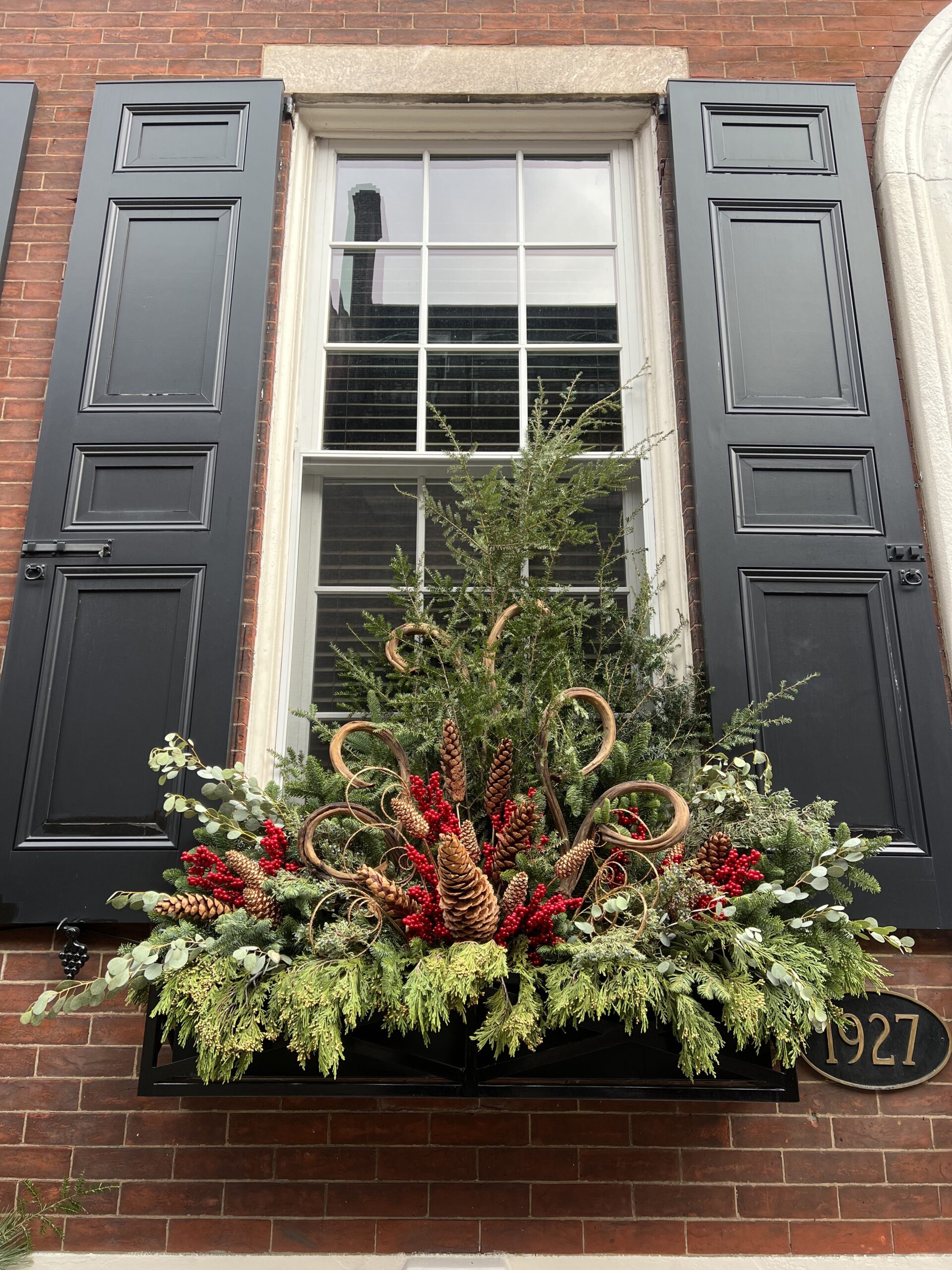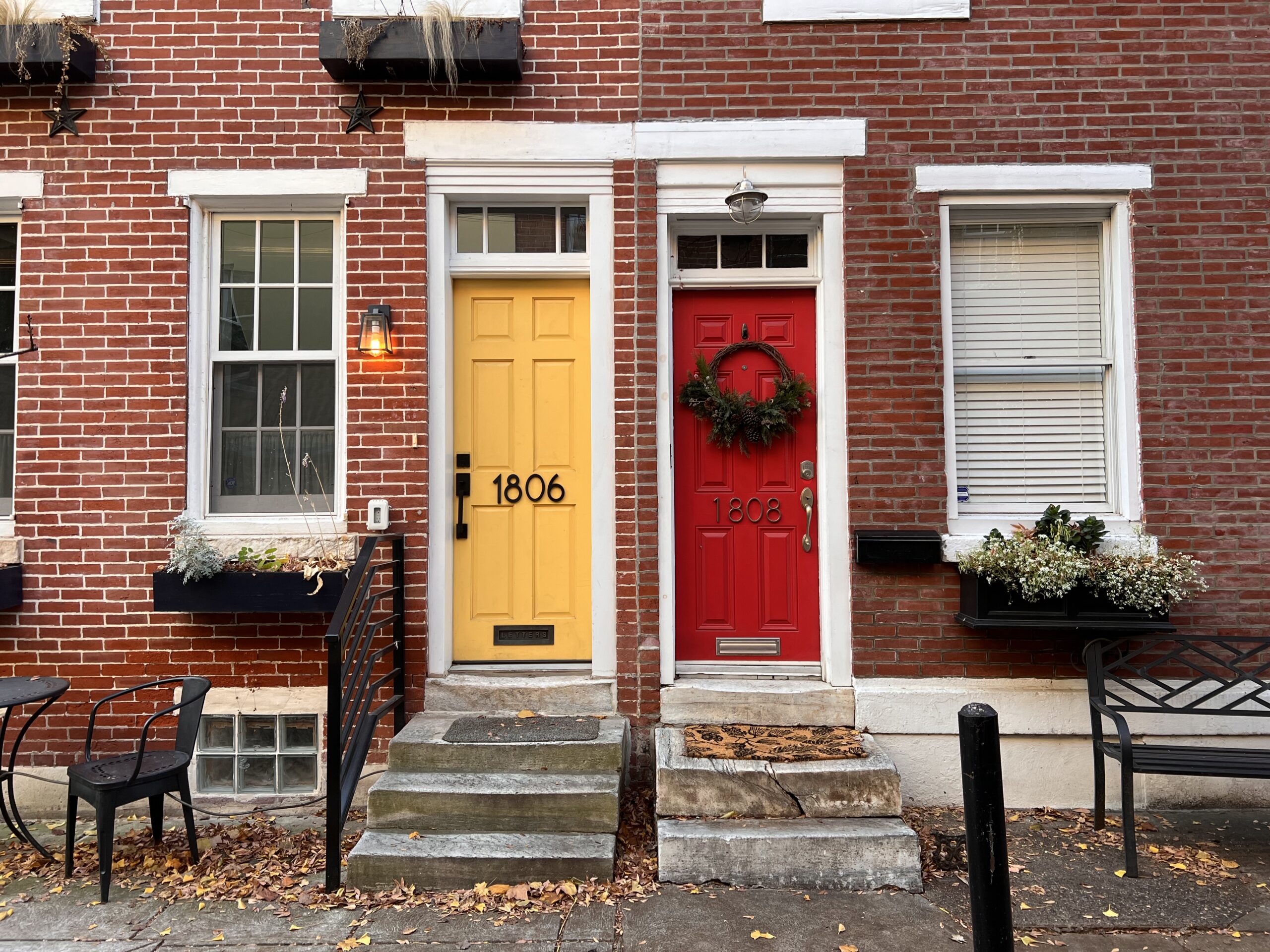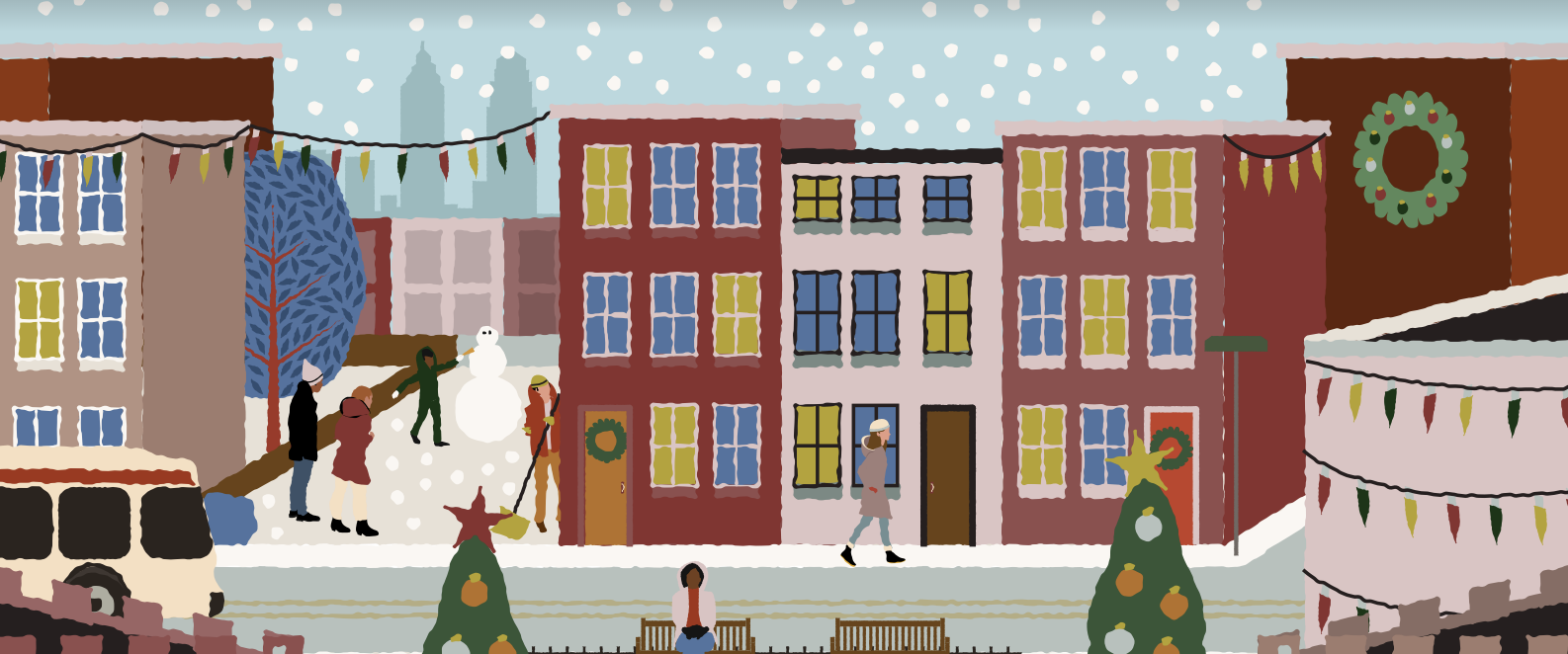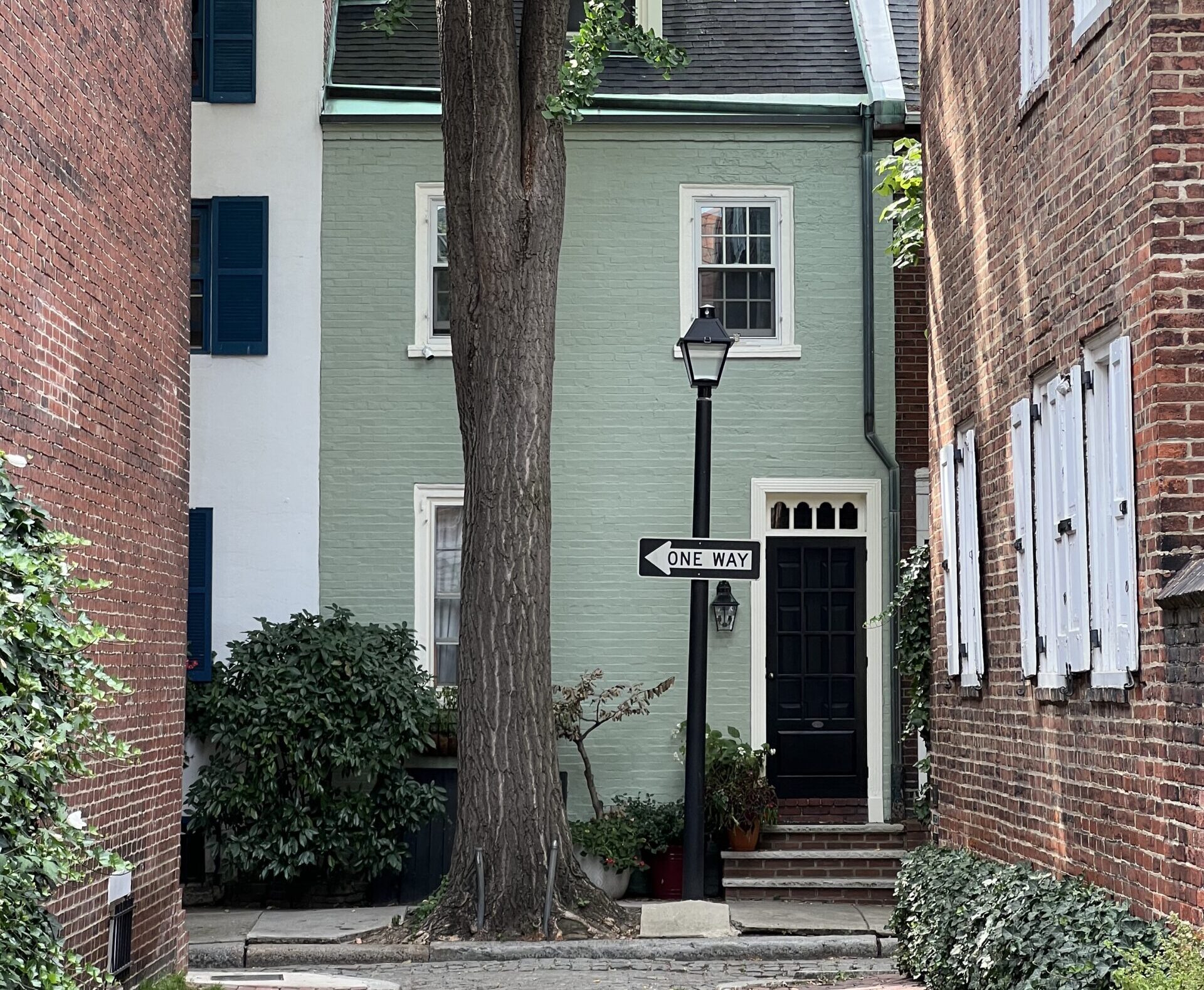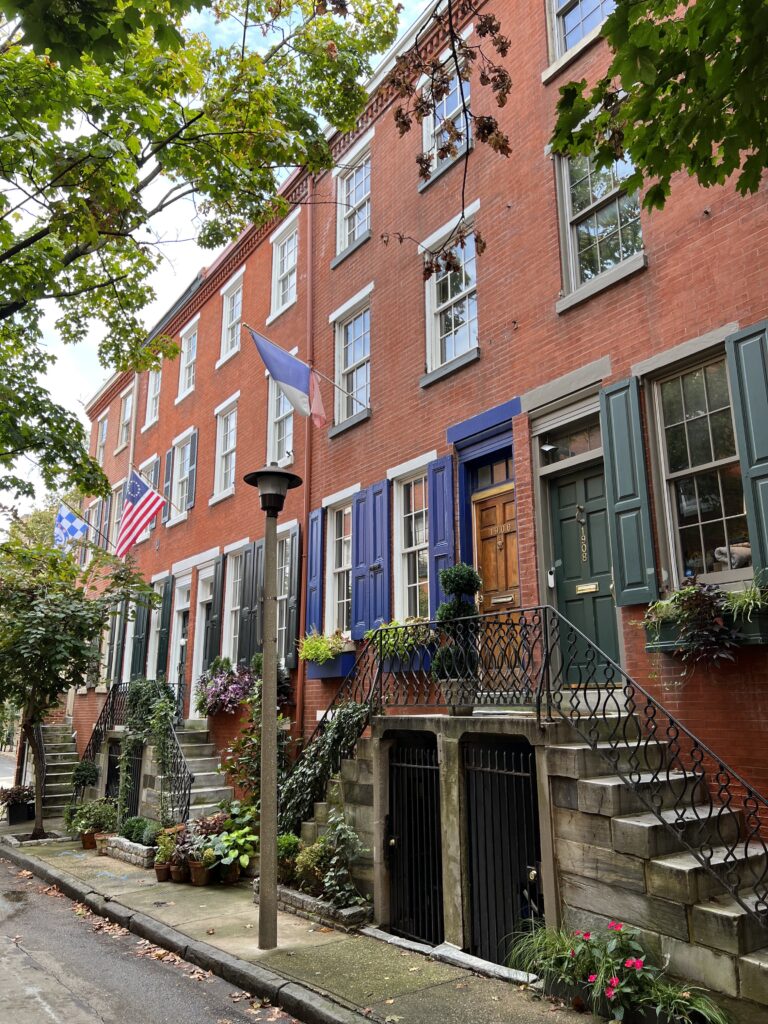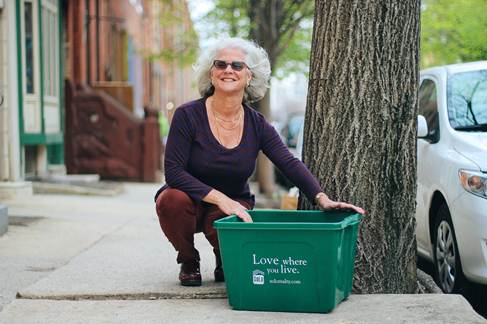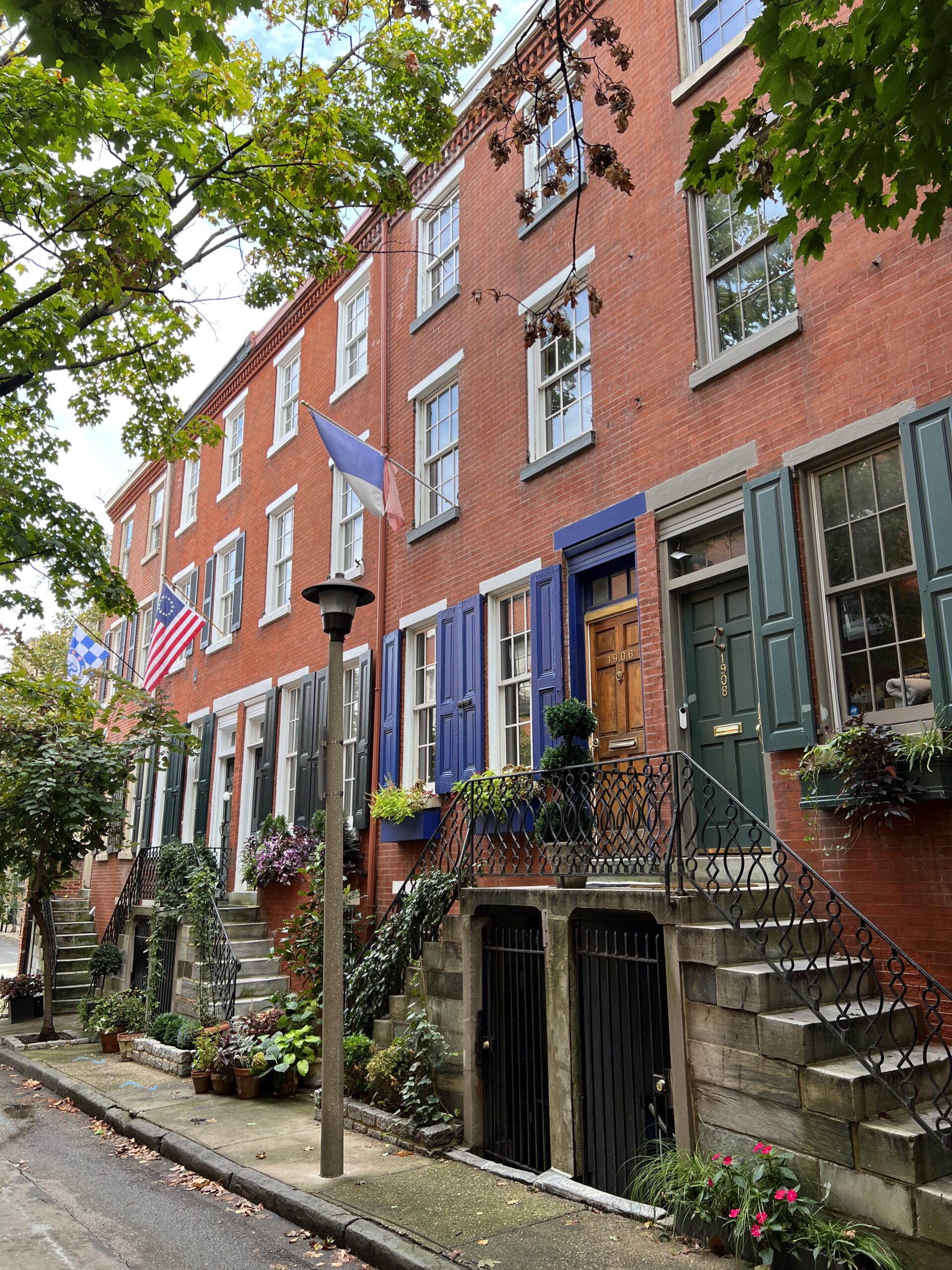If you experienced climate whiplash this month transitioning from t-shirts to coats overnight, think of how your garden felt! To keep your urban garden vibrant through the colder months, let us introduce you to some winter-hardy plants that can bring color, texture, and greenery to your space. Plus, we’ve got some tips for an easy, low-effort winter garden.

How To Bring Color Into Your Winter Garden
Whether you plant in containers or window boxes, your winter garden does not have to be devoid of color. Consider the many varieties of ornamental peppers which come in red, yellow, orange, purple, and black. Or coleus which thrives in full sun and partial shade and comes in red, burgundy, gold, or burnt orange. Another good option for Philly is ornamental kale and cabbage which come in luscious shades of lavender, green, and purple. Perfect for window boxes! Don’t forget ornamental kale likes well-drained soil and full sun which is why it is a window box favorite. Berries are another great source of color, especially red Holly berries or golden winter berries.

All thumbs and none of them are green? Not to worry. City Planter in Northern Liberties at 814 N. 4th St, offers consultations for creating container gardens and window boxes that meet your preferences and specifications. South Philly residents will find an equally large selection and landscaping service for roof gardens, container gardens, and window boxes at Urban Jungle located at 1526 East Passyunk.
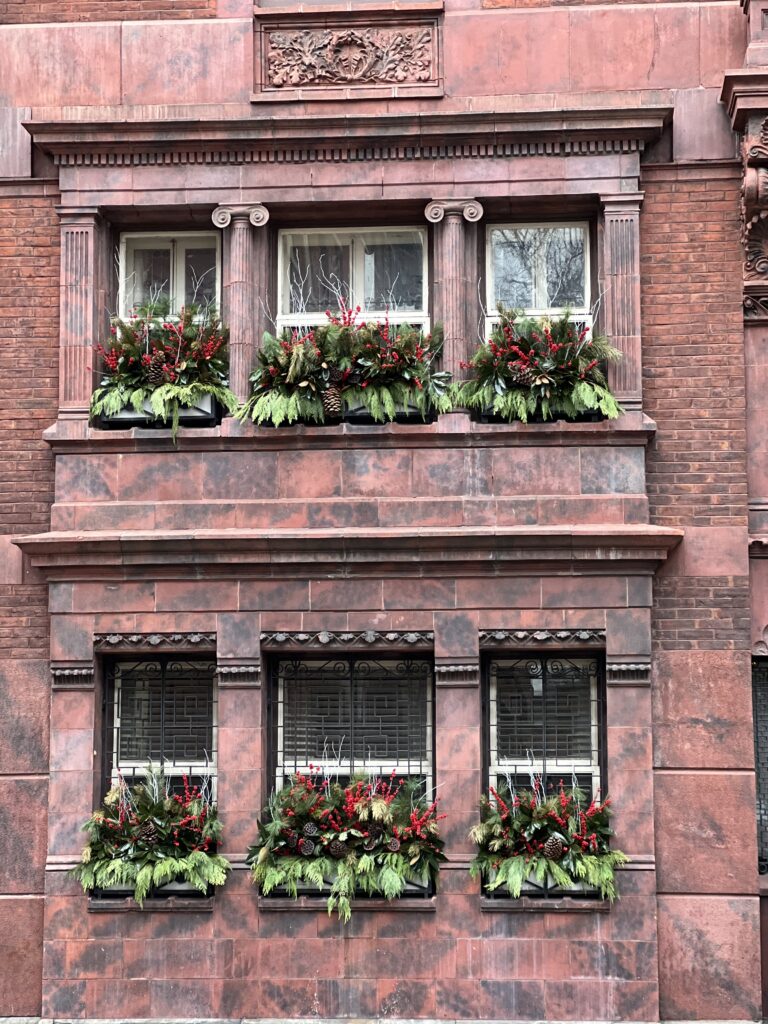
Unsure of what works best for your amount of sunlight or shade? Take the below list to the plant shop of your choice:
Winter flowers
- Edgeworthia chrysantha – Paper Bush
- Camellia – Rose of Winter
- Hamamelis – Witch Hazel
- Helleborus – Lenten Rose
- Galanthus – Snow Drops
Shrubs with colorful berries or bark
- Ilex verticillate – Winterberry
- Myrica Pennsylvanica – Bayberry
- Cornus Sericea ‘Cardinal’ – Red Twig Dogwood

Hardy perennials
- Heuchera – Coral Bells
- Carex oshimensis ‘Everillo’ – Sedge
Leave The Leaves!
Before you pile autumn leaves for trash removal, consider keeping them out of the landfill system and using them to mulch winter garden beds. A thick layer of mulched leaves can insulate perennials and help keep your soil warm. Leaves also offer an invaluable source of carbon, balancing the nitrogen-rich material in your compost pile and worm bins.
Plant Your Bulbs
November is also your last chance to plant bulbs before the ground becomes too hard. Before you buy bulbs, squeeze them gently; if they feel like paper, that means they are dried out and might not sprout.
To protect your bulbs from feisty squirrels, plant your tulips deeper and daffodils above them. Critters don’t like the taste of daffodils and that may deter them from digging deeper to reach the tasty tulips beneath.
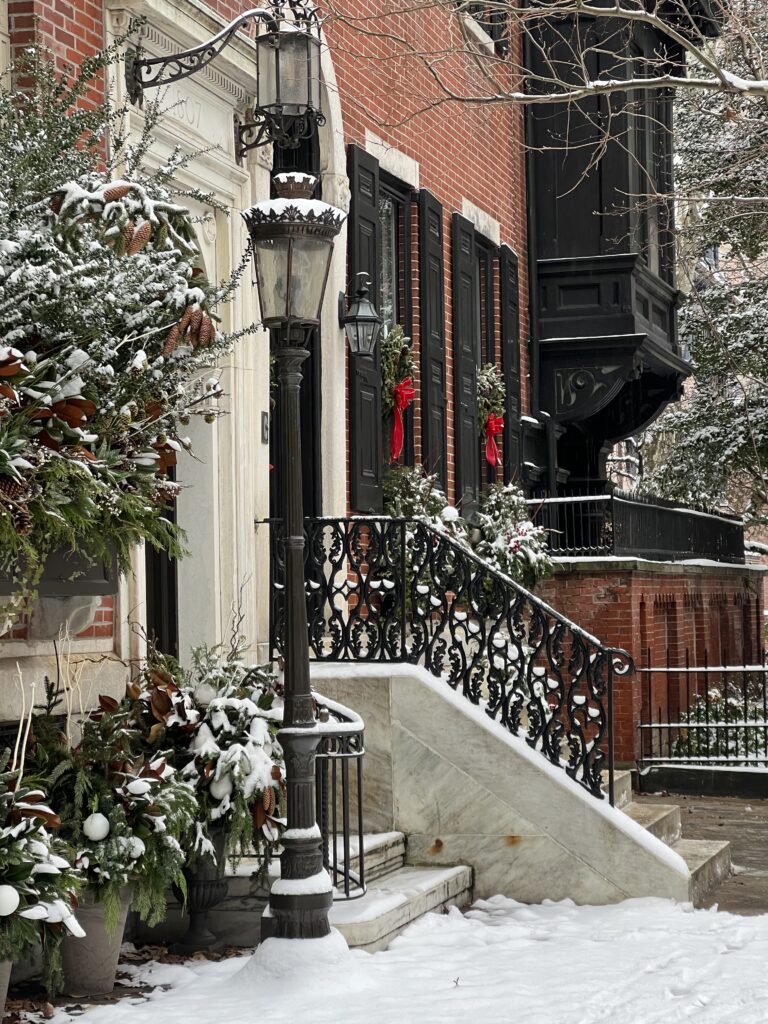
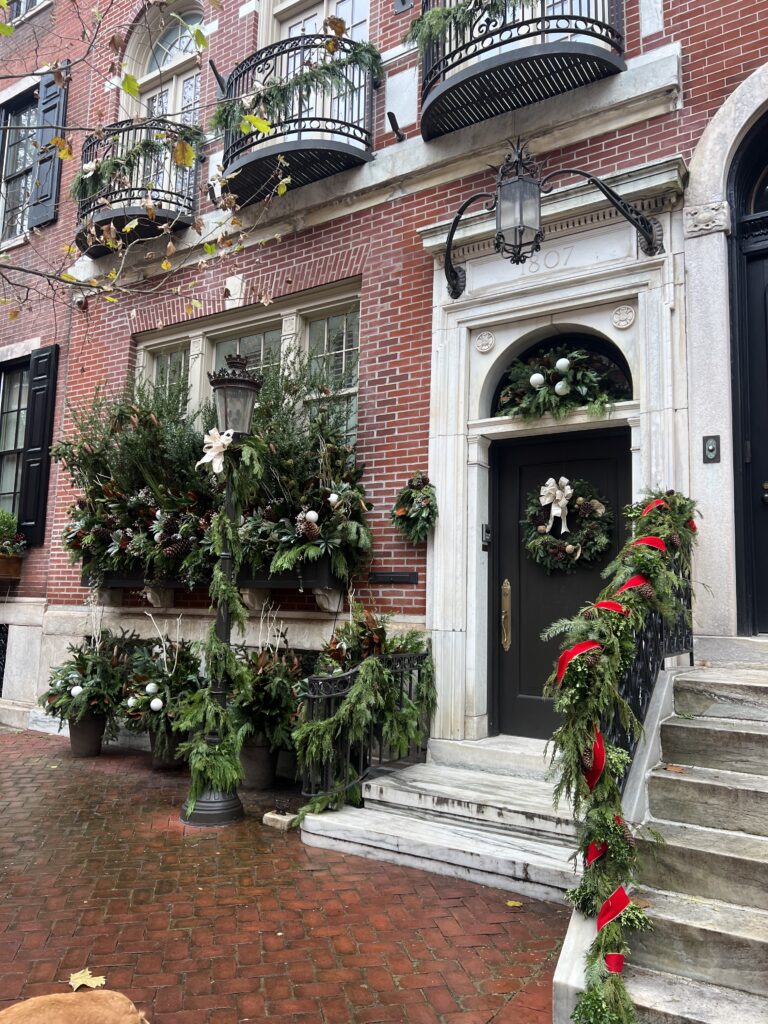
Winter Container Gardens of Philadelphia
Looking for container winter garden ideas? We suggest you take a leisurely walk in Center City to peruse decorative window boxes and containers for inspiration. The 1900 block of Delancey and Spruce Streets is a good place to start. Bring your camera! Then share your photos with your neighborhood plant nursery. They will be happy to help you recreate these lush container gardens just in time for holiday gatherings!

